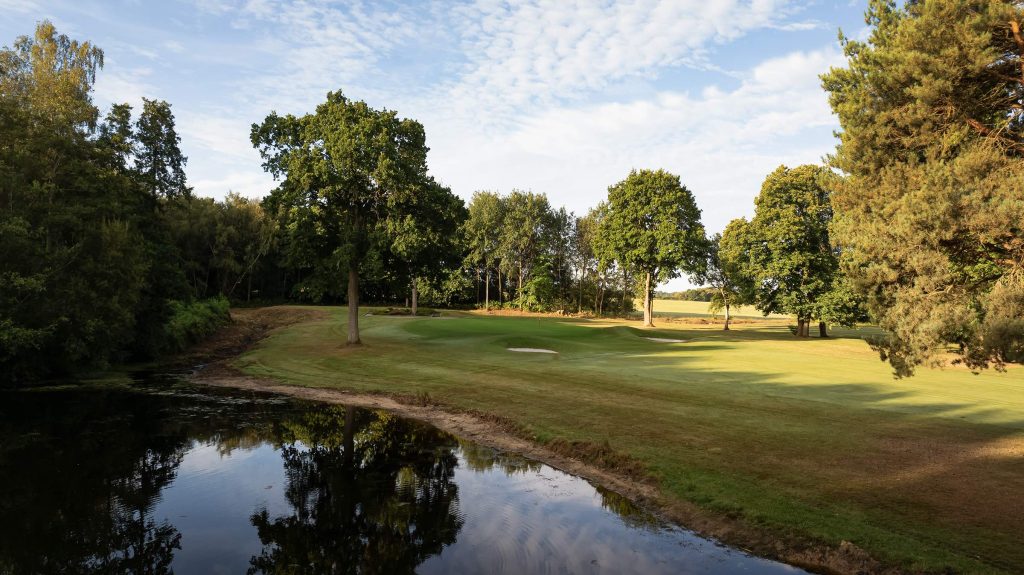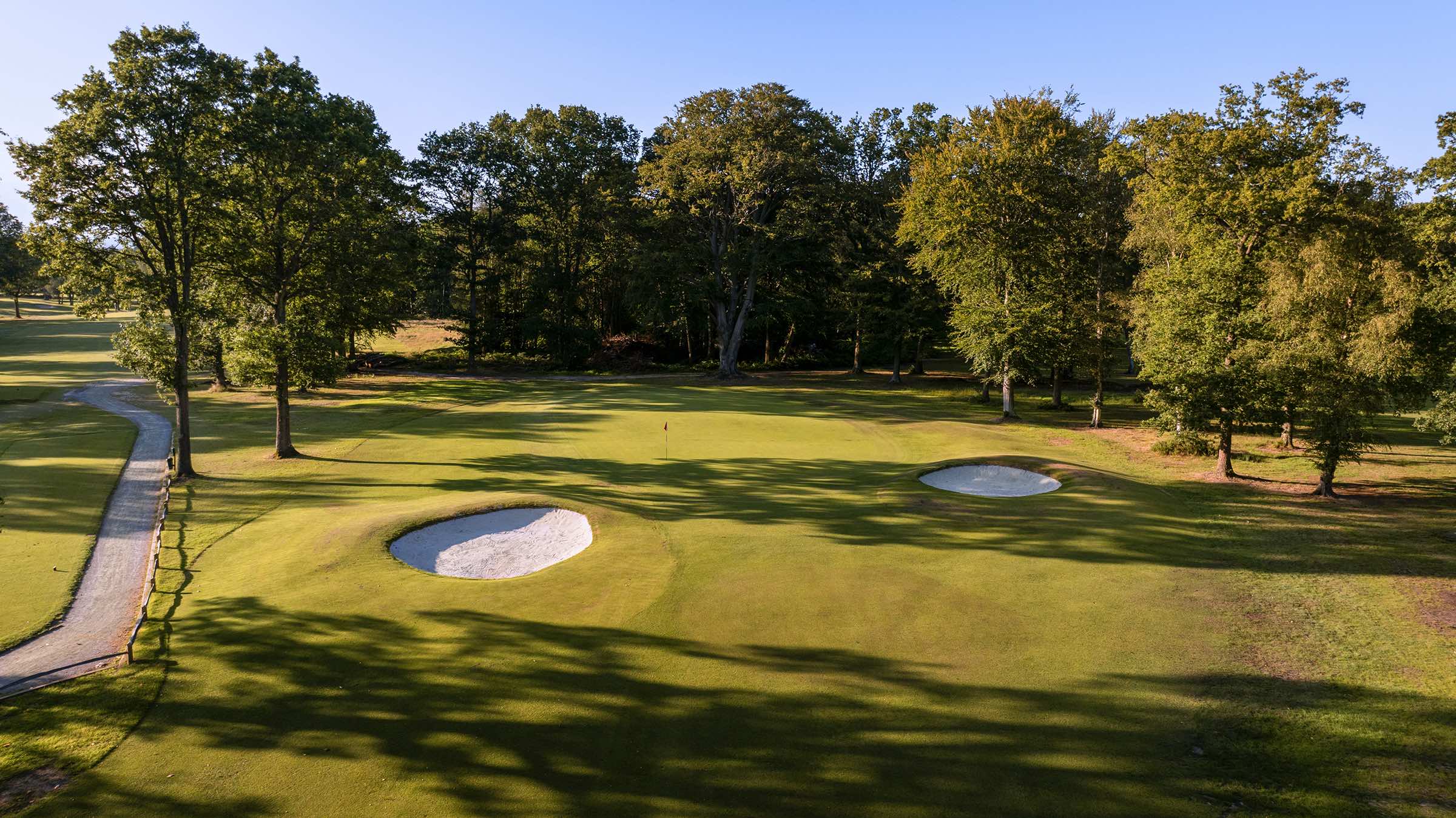Twelve months ago, Greg Evans Golf Course Solutions embarked on a collaborative partnership with Copthorne Golf Club in West Sussex to enhance and optimise the 132-year-old course’s overall condition and performance.
Working closely with Course Manager Mike Gould, the collaboration includes bi-monthly visits, coupled with comprehensive course reports delivered every two months to the main board. In addition, Evans is providing remote support, overseeing the development and execution of the club’s annual agronomic plan, including creating technical programmes.
Other key figures involved in this collaboration include Copthorne General Manager Paul Tidey and Greens Director Nigel Guthrie, both of whom are integral to the strategic decisions and implementation of the course management plan.
Benchmarking and Initial Analysis
One of the first steps Evans and Gould took was to conduct a thorough assessment of the club’s current agronomic standing. This included organic matter testing and soil nutrient analysis to establish a benchmark for future improvements. The results identified a slight concern in the top 20mm of the soil, where the organic matter content was recorded at 5.8%, slightly above the industry standard of 5%.
Based on these results, Copthorne has implemented a series of focused agronomic practices. Consistent light sand dressings are backed up with heavier work, including hollow coring, deep aeration, and the application of substantial quantities of sand to reduce the organic matter content in the top 20mm to within the 5% range or lower. The next testing date is set for October.
In addition, Evans’s recommendations include a series of equipment upgrades to enhance the efficiency and effectiveness of the course maintenance, including the acquisition of a new Salsco turf iron for optimal greens performance and a pre-sprayer mixing tank to efficiently dilute raw materials, providing cost-effective solutions for the playing surfaces.

Enhanced Agronomic Practices
From an agronomic perspective, Evans has revised the club’s spraying programme. The greens are now treated weekly with a combination of nutrients, wetting agents, growth regulators, and disease prevention agents, ensuring they remain in top condition.
For the tee boxes, granular fertiliser was applied over the winter months, followed by a three-week spraying programme to prepare for the upcoming season. These efforts have yielded measurable results, with the greens now consistently achieving a target reading of 9-10 feet on the stimpmeter, indicating optimal green speed for daily play.
Additionally, the club has invested in a moisture meter to provide real-time moisture readings, allowing Evans to monitor progress even when off-site.
Infrastructure Investments and Future Projects
Copthorne Golf Club is also making significant investments in its water management infrastructure. The club has installed a borehole and is working towards obtaining the necessary licence. The pump house has been upgraded, and in the autumn, a new holding tank will be installed to increase water storage capacity.
Plans are also underway to upgrade the greens irrigation system across the course. In line with the club’s commitment to preserving and enhancing its historical heathland characteristics, the club is currently reviewing the design and playability of its 5th hole.
Golf architect Alan Walker has been engaged to appraise and redesign the hole, including a new tee complex and a rebuilt green, as this is currently unplayable at times with limited pin positions.
A key objective for the 6,654-yard course is the restoration of its traditional heathland features, which have gradually diminished due to tree encroachment. The club is committed to bringing back these distinctive characteristics, which are integral to its heritage and the unique golfing experience it offers.

